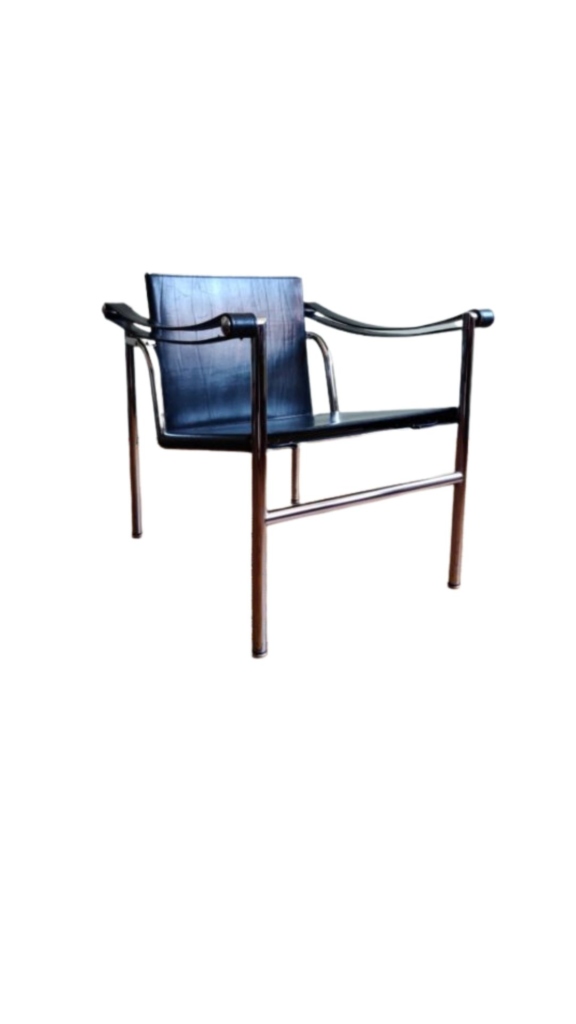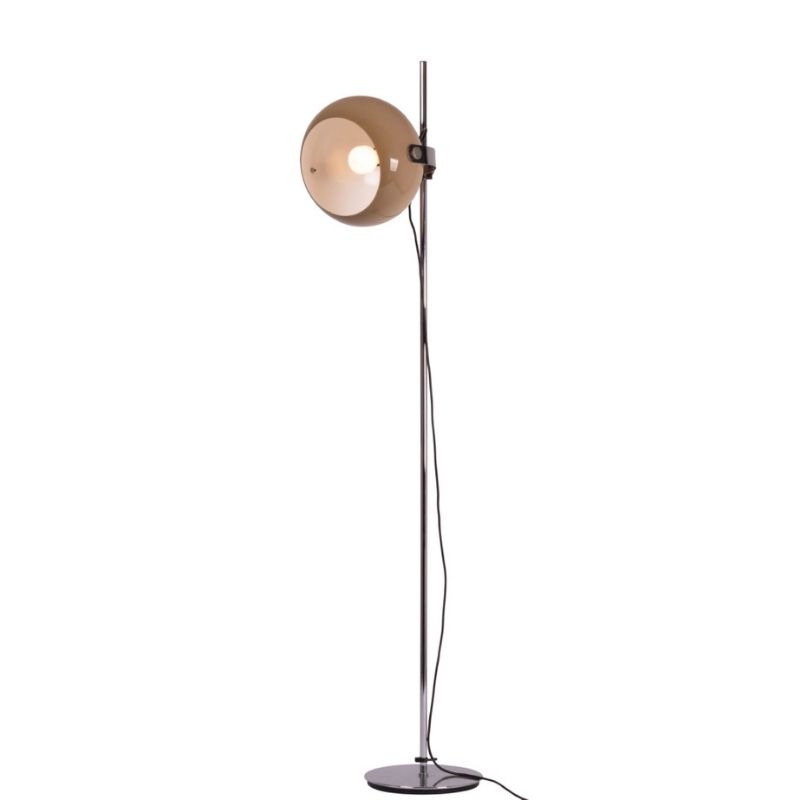Know the technology, know the materials, be a critic.
I agree with Tktoo: If you have the technical skills but lack the artist's eye, you will never be a great designer.
However, it is necessary to have technical skills. The best designers know what is impossible with current technology, what is possible at high cost or with low yield, what is safe and easy, etc.
Learn how your objects are manufactured. Talk to machinists, watch a CNC mill, visit a factory assembly line, feed an injection-molding machine, etc.
The technology is always changing. It is important to be aware of the latest developments -- the best methods, the newest processes, the most advanced tools, etc. -- even if you can't use them yet.
It is also necessary to have an intimate knowledge of your materials. Have you noticed the way that accomplished woodworkers talk about wood? On this forum, SDR, SPD, Heath, and Tktoo are good examples (and there are others, of course). They have a deep understanding -- deeper than "knowledge", more like "feeling" -- of the density and strength of various species, the way wood shrinks and stretches, the way it takes stain and other surface treatments, the extent to which it can be worked, the strength of glues, the effect of moisture, etc.
You should understand ABS, polycarbonate, aluminum or steel alloys -- or whatever materials you use -- in the same way. You should know how those materials feel, how much they weigh, how sharply they can be bent, how they cut, their thermal properties, how they flow in a mold, the surface finishes available, elasticity, strengths, weaknesses, how they're produced, how they wear, how they age, the cost, etc., etc., etc. Learn about fasteners and adhesives, too.
You can learn a lot of this from books, but you won't instinctively KNOW it without experience... So get as much experience as you can: Make things with your hands, as Tktoo advised, but also just HOLD things in your hands, and LOOK at them. Think about WHY they are designed as they are, and WHY they use the materials that they do.
Also, be a critic. Analyze every manufactured object you see; try to find at least one thing wrong with everything, and think about how to fix it with a better design.
Talk with other designers or design students. Try to meet mechanical-engineering students, and talk with them, too. Search the web for "human factors", "ergonomics", and "usability". Read Donald Norman's books, starting with "The Design of Everyday Things". Read www.asktog.com.
.
Thats like so olde skool!
I think they just model phone cases in 3d and and get them rapid prototyped these days...I wonder about all the silent designers who work in small teams pumping out microwave oven shells, blenders and all the crap we use every day. I don't think they have such a considered take on their role, of course they should and I wish they would but at the turn over rates for new products now perhaps its just not possible to work like that.
In the little niche that William Morris left behind their is still space for the kind of pondered uncompromising design that everyone loves but I fear its limited to fashion, jewelery and furniture.
There are exceptions like Oxo, Apple and Braun but they are few and far between I think, perhaps I'm cynical or have a narrow view these days
Its kind of you to mention my ability but its really not so good, imptoving but still thousands of hours of practice required, speaking of which its 8.30 pm and I better go clean up down there so I can see what I'm doing in the morning.
Ah a tip...ask yourself if it needs to be made, if the answer is 'no' (and it almost certainly will be) then ask yourself if it is made will it do any harm? And what was that lin about learning everything you can about something and then forgetting it?
Good, thoughtful advice, fstfwd.
I agree that technological awareness and understanding materials are essential as is a natural curiosity and aptitude for such. But, like perspective drawing to an artist, they are most successfully employed when they never enter the end-user's mind. When the stuff works, we don't have to think about why. When it doesn't, well...
If you need any help, please contact us at – info@designaddict.com









